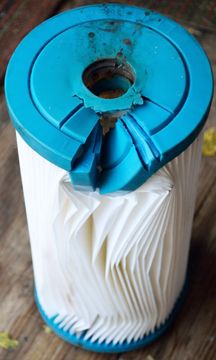However, it is also worth keeping in mind that the bubble water must be exchanged regularly, because bubbling chlorine gas through water will make hydrochloric acid.
Did you PH test the bubbled water?
The uncondensed fumes must be burn off!
Did you PH test the bubbled water?
The uncondensed fumes must be burn off!






Comment